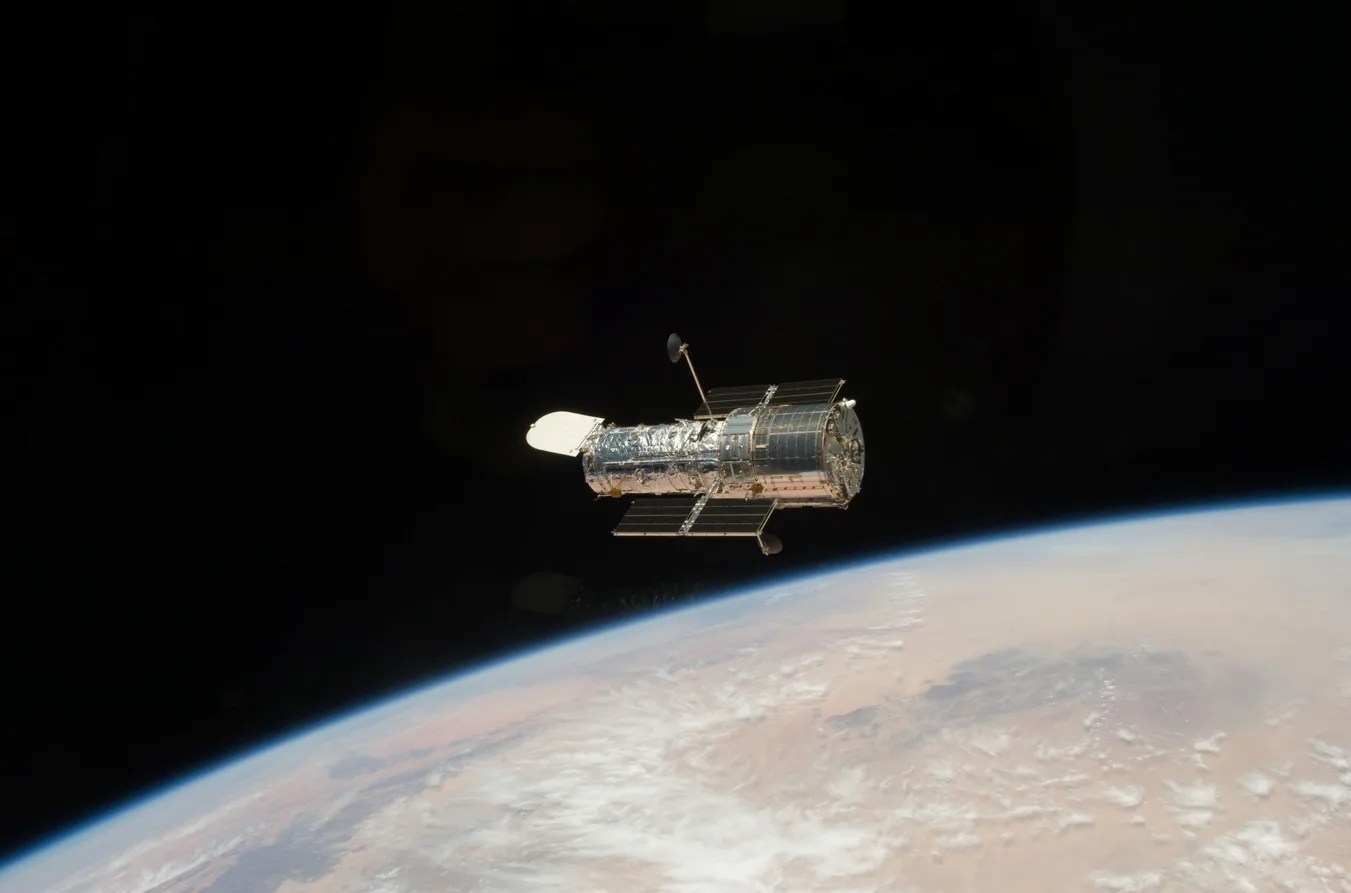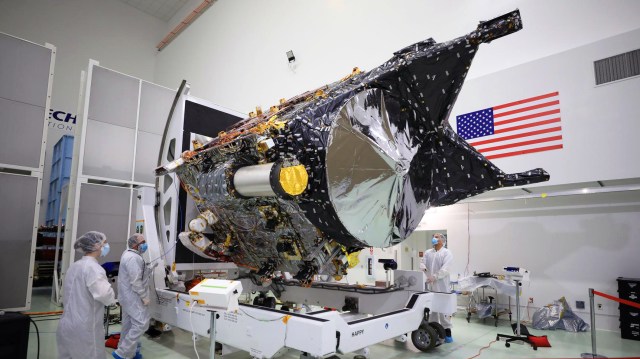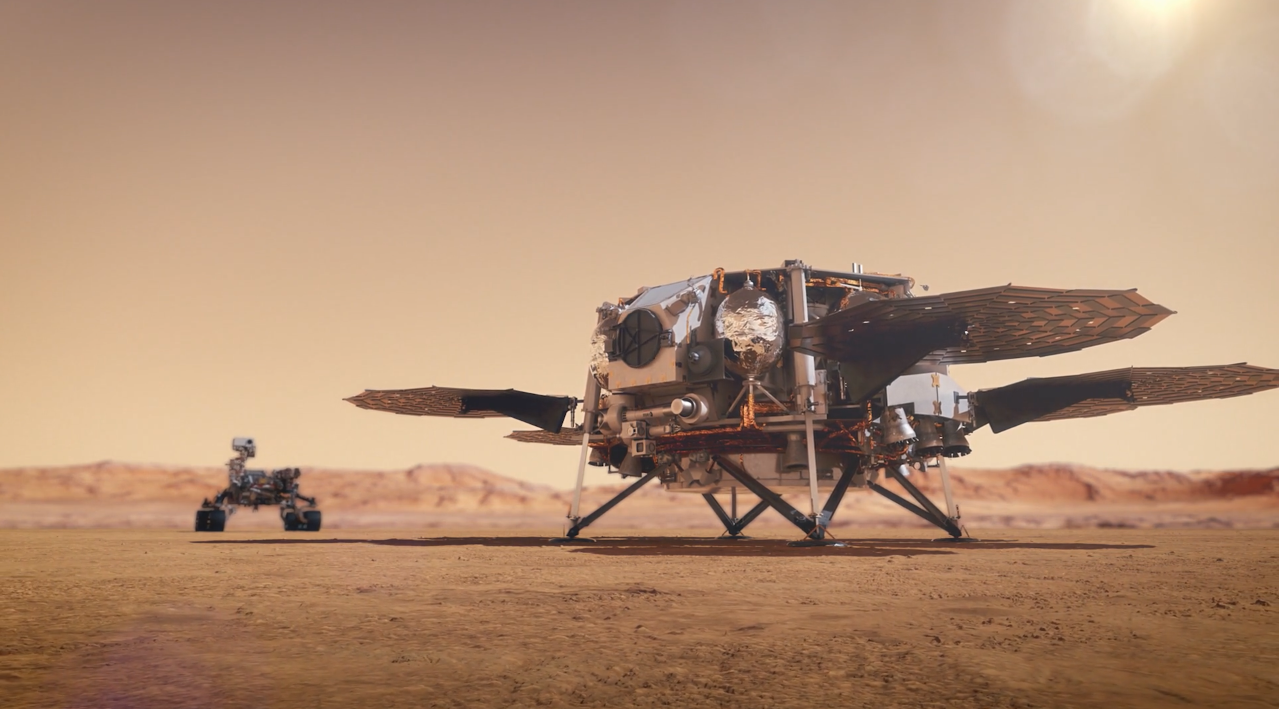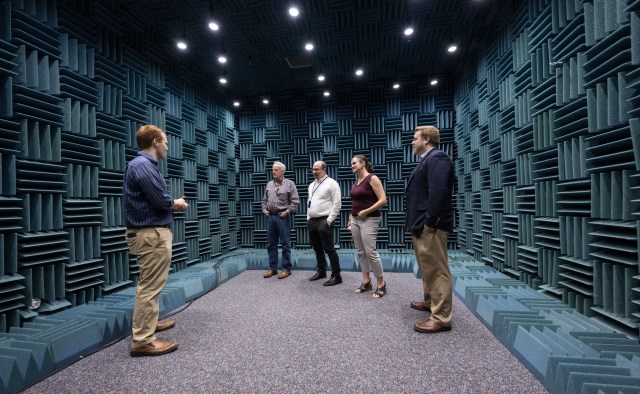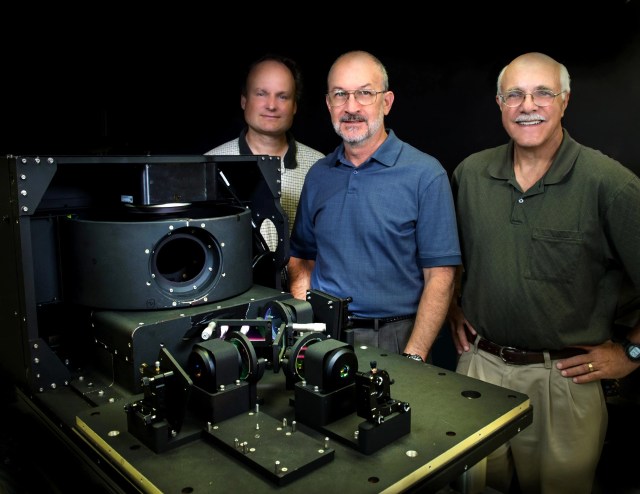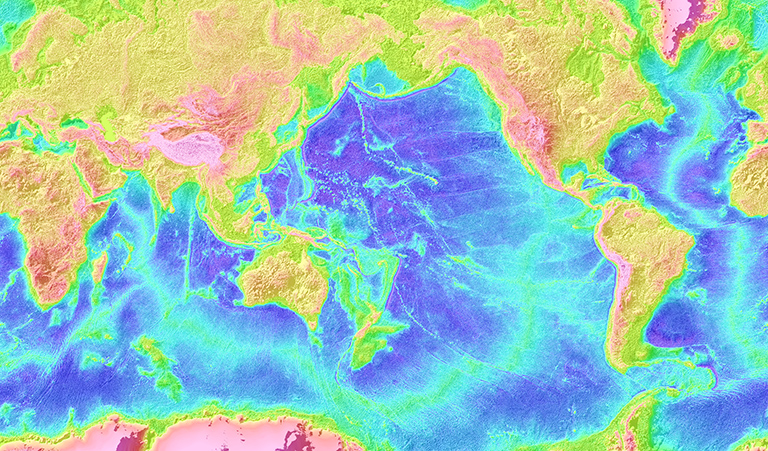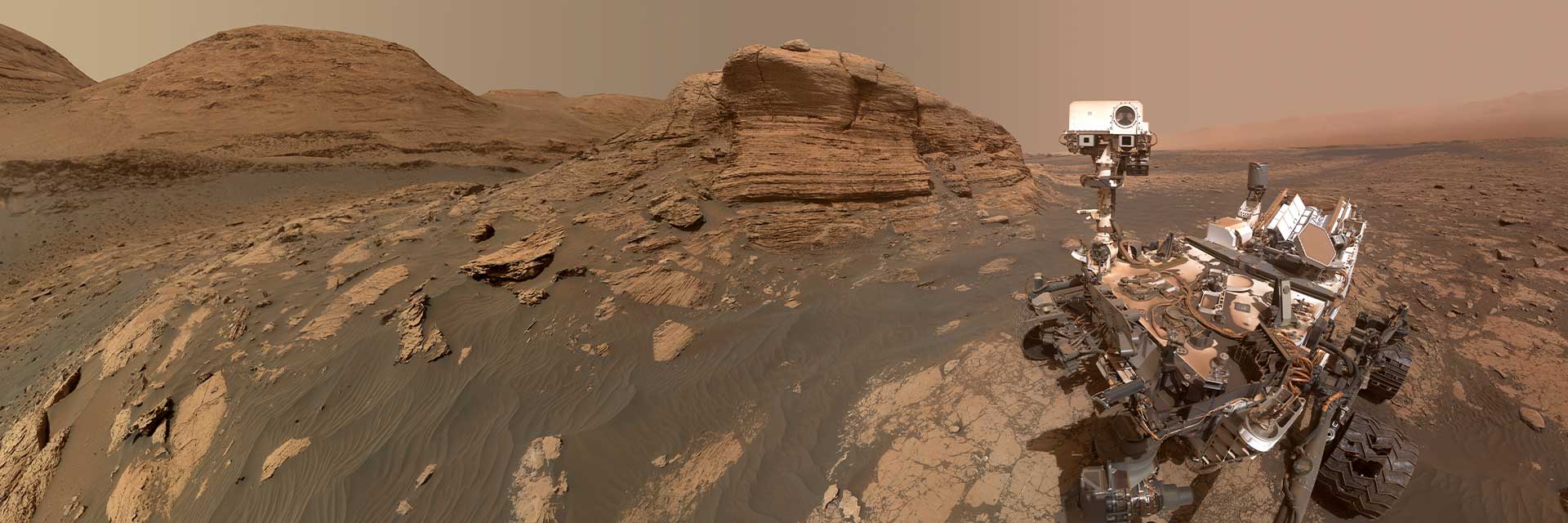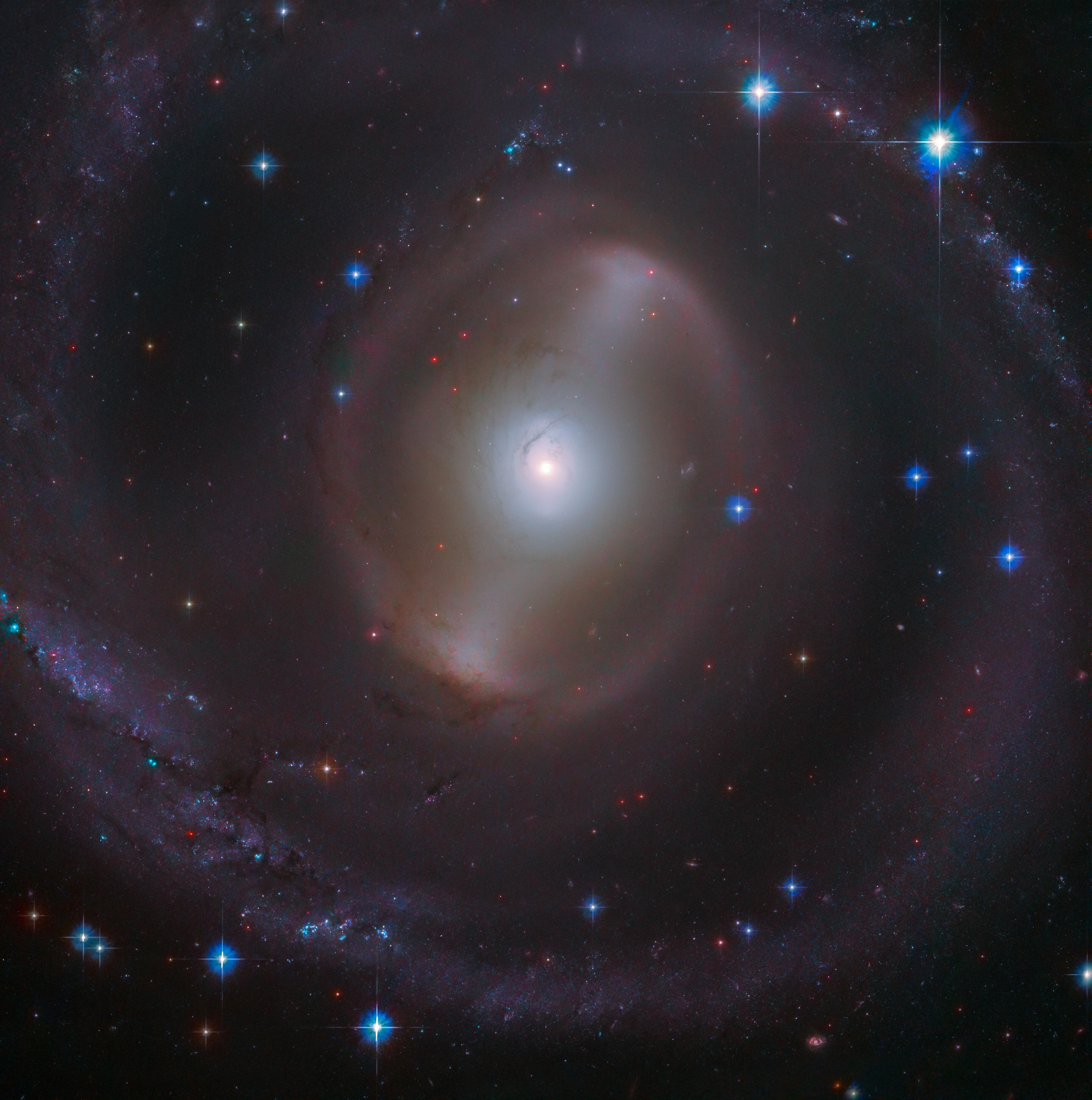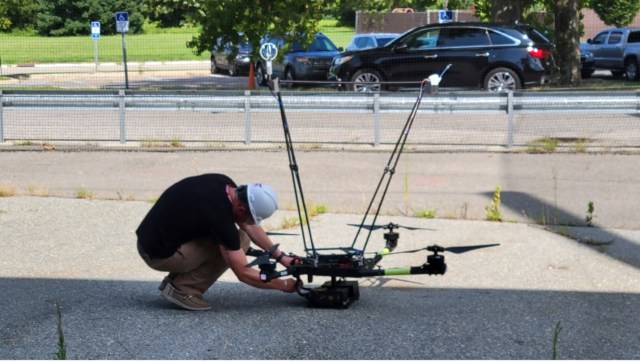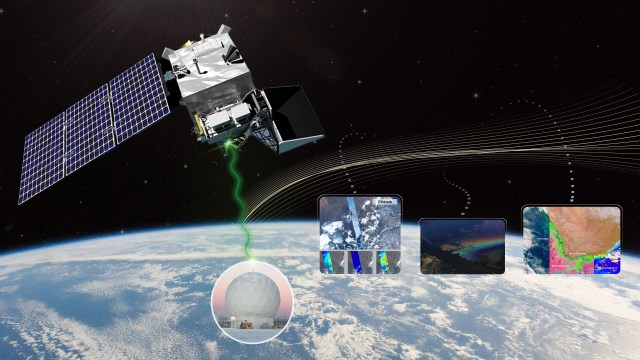EDWARDS, Calif. – One of NASA’s two Global Hawk high-altitude aircraft took to the skies Oct. 23 for its first flight under NASA operation. The aircraft, to be used for Earth system science research, flew four hours during a functional check flight in restricted airspace over Edwards Air Force Base, Calif. The flight included a check-out of aircraft systems, including engine, flight controls and communication. The aircraft last flew in May 2003.
NASA’s Dryden Flight Research Center and Northrop Grumman are returning the two developmental Global Hawks to flight under a Space Act Agreement signed in 2008. The two aircraft were among the seven unmanned Global Hawk aircraft built and flown in the original Advanced Concept Technology Demonstration program sponsored by the Defense Advanced Research Projects Agency.
Preparations for returning the NASA Global Hawks to flight included development, construction and certification of a ground control station. Full maintenance inspection of the aircraft and its communication systems, including ground testing and taxi tests, were completed prior to flight. Northrop Grumman personnel trained NASA pilots and ground crew.
NASA’s Earth Science Division plans to use the autonomously operated Global Hawks for missions in support of the agency’s Science Mission Directorate and the Earth science community that require high-altitude, long-endurance, long-distance airborne capability. The Global Hawk can fly for more than 30 hours and at altitudes up to 65,000 feet.
The first Earth science mission will be the joint NASA-NOAA Global Hawk Pacific campaign, nicknamed GloPac. This campaign will consist of six long-duration missions over the Pacific and Arctic regions scheduled to begin early next year. Eleven NASA and NOAA scientific instruments integrated into one of NASA’s Global Hawk aircraft will collect atmospheric data while flying through the upper troposphere and lower stratosphere. The primary science objective of the mission is to perform calibration of instruments and validation of data from the AURA satellite, one of NASA’s 15 science satellites currently observing the Earth.
“This is the future,” said Paul Newman, project scientist for the GloPac mission at NASA’s Goddard Space Flight Center, Greenbelt, Md. “We are taking the first steps into making scientific measurements with an unmanned system – a hybrid of a satellite and an aircraft.”
Northrop Grumman looks forward to the first GloPac flight, which will herald yet another application of Global Hawk’s remarkable capabilities, said Corey Moore, vice president of Advanced Concepts – Air and Land Systems for Northrop Grummanís Aerospace Systems sector.
Northrop Grumman will share in use of the aircraft to conduct its own flight demonstrations for expanded markets, missions and airborne capabilities, including integration of unmanned aircraft systems into the national airspace.
The U.S. Air Force transferred the two aircraft, the first and sixth developmental models built, to NASA Dryden in late 2007 when the service had no further need for them.
For additional information about NASA’s Global Hawks, see:
https://www.nasa.gov/centers/dryden/aircraft/GlobalHawk/index.html
PHOTO EDITORS:
High-resolution photos to support this release are available electronically on the NASA Dryden Web site at:
https://www.nasa.gov/centers/dryden/multimedia/imagegallery/Global_Hawk/index.html
– end –
text-only version of this release
To receive status reports and news releases issued from the Dryden Newsroom electronically, send a blank e-mail message to dfrc-subscribe@newsletters.nasa.gov. To unsubscribe, send a blank e-mail message to dfrc-unsubscribe@newsletters.nasa.gov. The system will confirm your request via e-mail.
Beth Hagenauer
NASA Dryden Flight Research Center
661-276-7960
beth.hagenauer@nasa.gov
Jim Hart
Northrop Grumman Corp.
661-310-466-5509
james.f.hart@ngc.com


